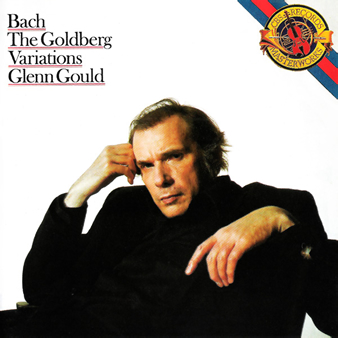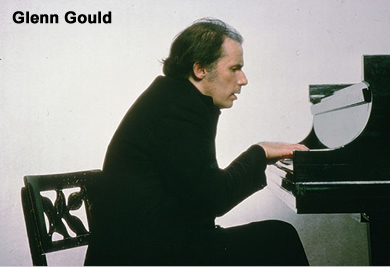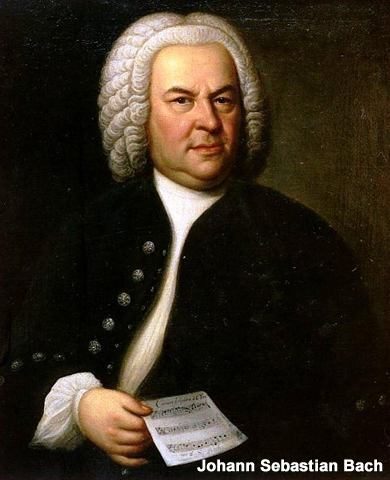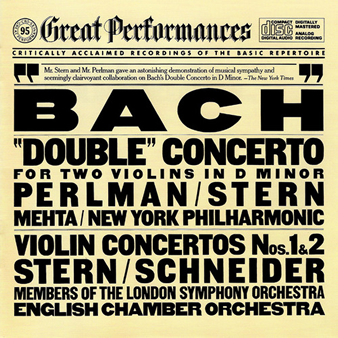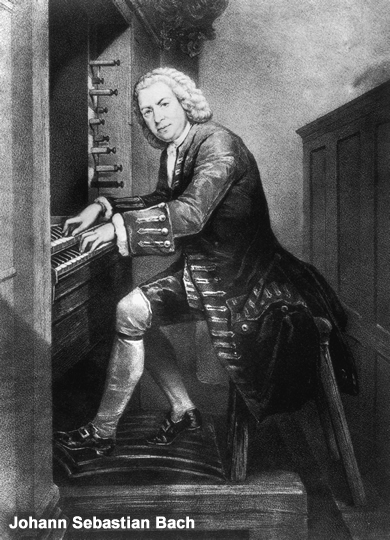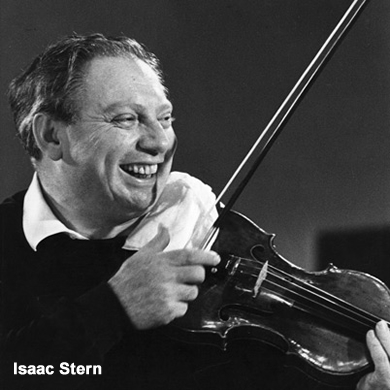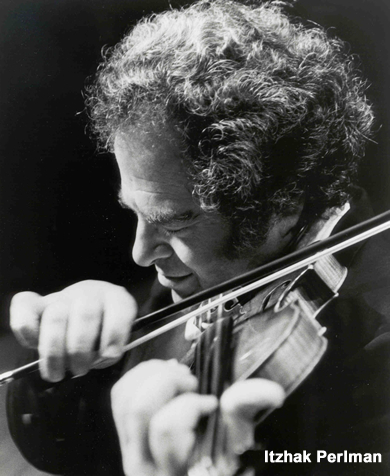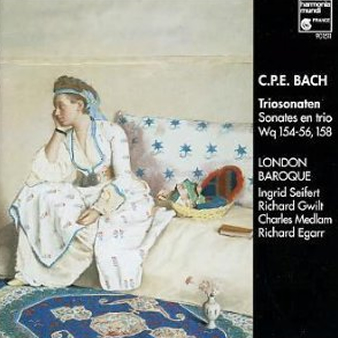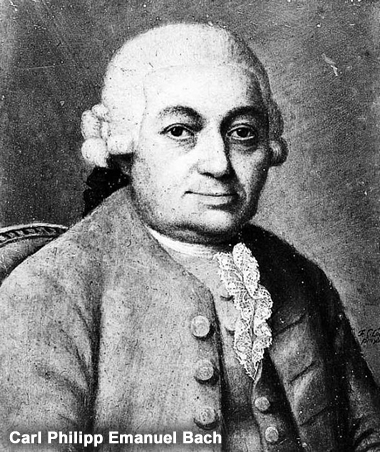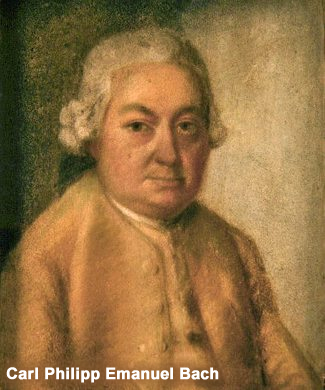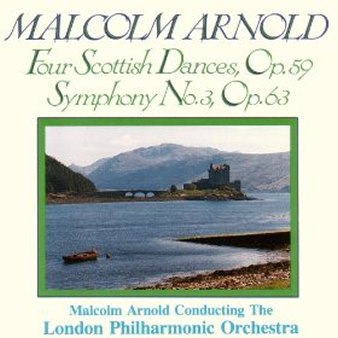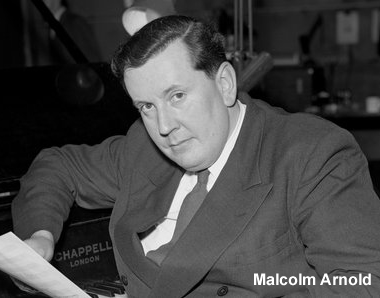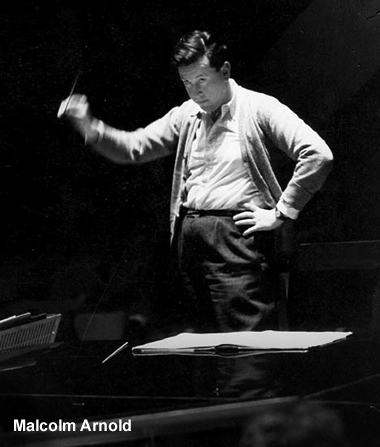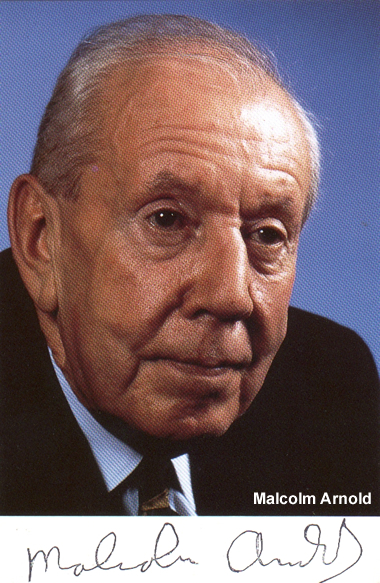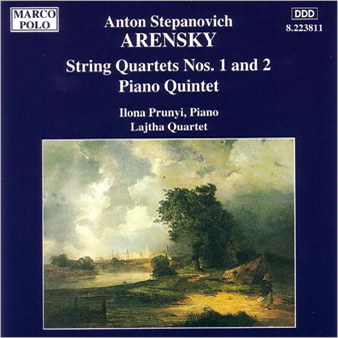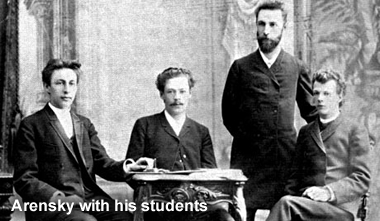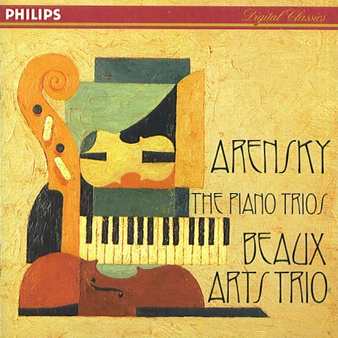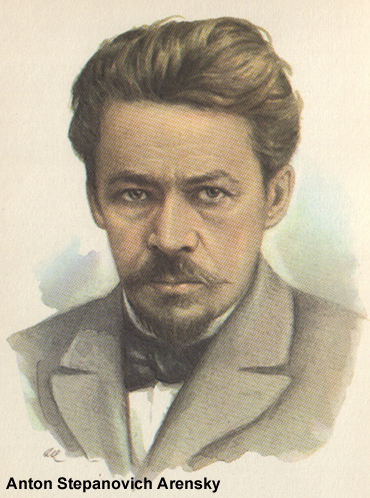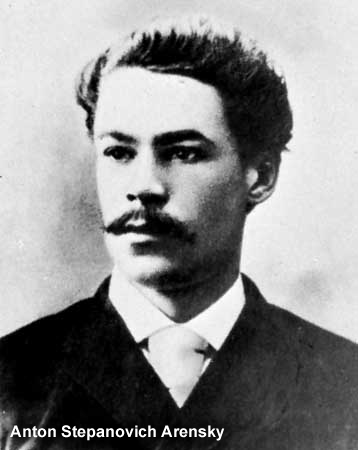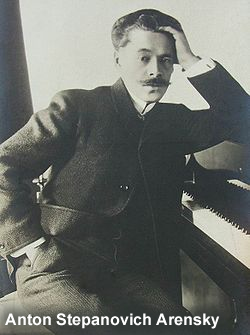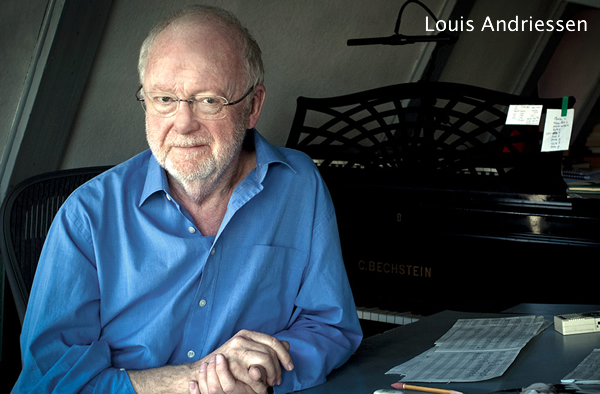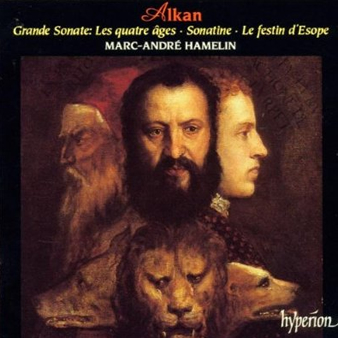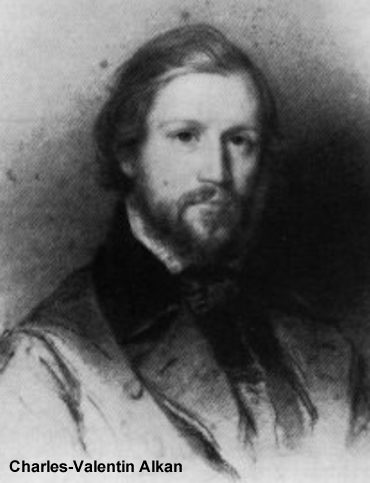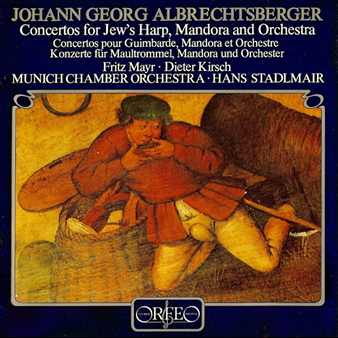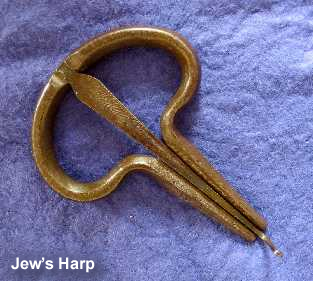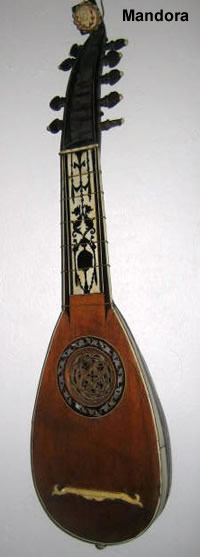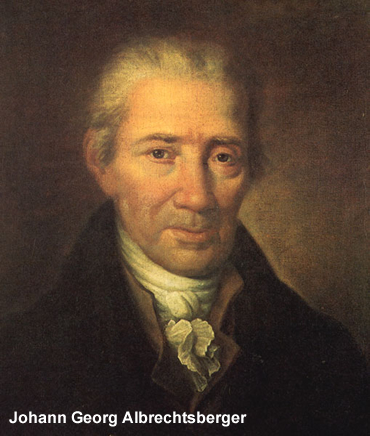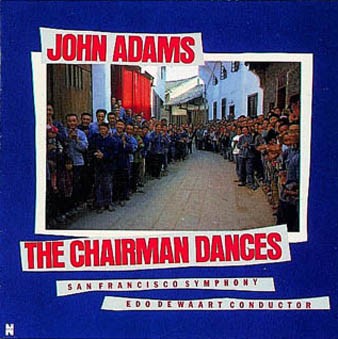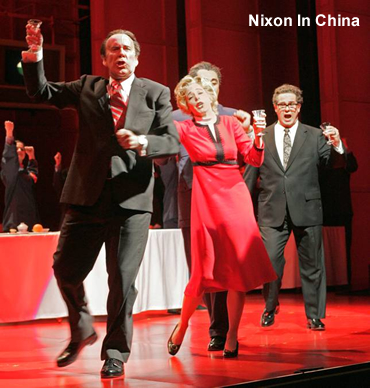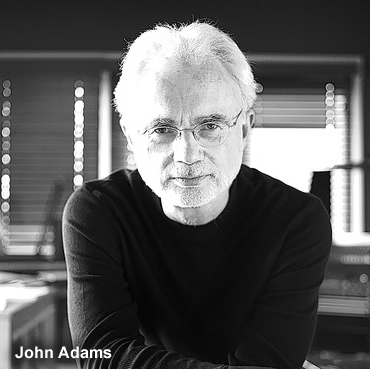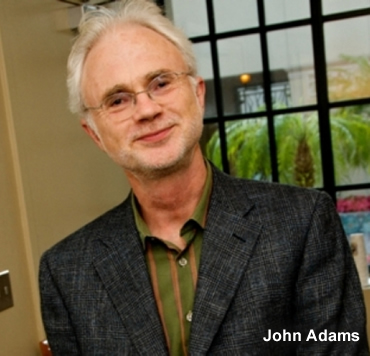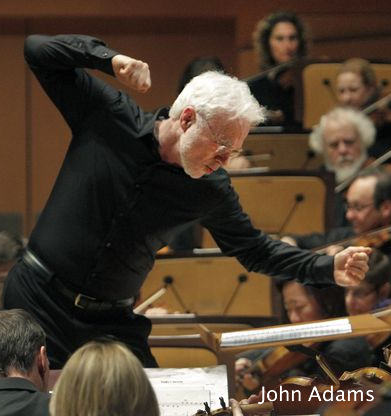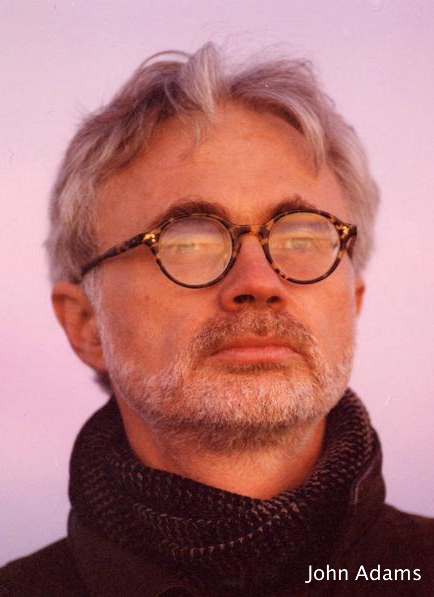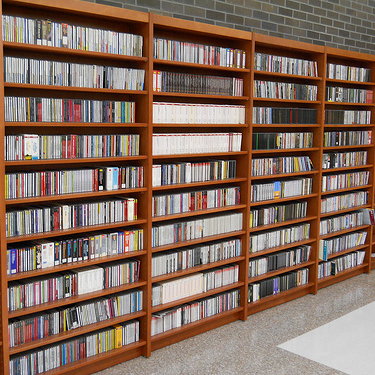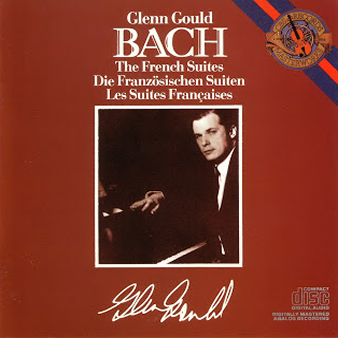 Johann Sebastian Bach (1685-1750)
Johann Sebastian Bach (1685-1750)
The French Suites
Suite No. 1 in D minor, BWV 812
Suite No. 2 in C minor, BWV 813
Suite No. 3 in B minor, BWV 814
Suite No. 4 in E-flat major, BWV 815
Suite No. 5 in G major, BWV 816
Suite No. 6 in E major, BWV 817
Glenn Gould – piano
ONE-SENTENCE REVIEW:
A little French Suite goes a long way – even with Glenn Gould at the keyboard.
ORIGINAL LINER NOTES (uncredited):
The suite occupies a prominent place among Johann Sebastian Bach’s instrumental works. In addition to four for orchestra, he wrote suites for unaccompanied violin, unaccompanied cello, lute, and keyboard (clavichord or harpsichord).
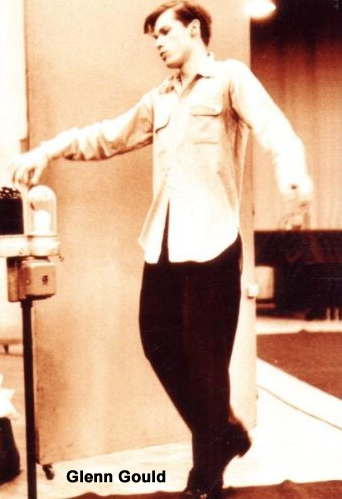 Variously titled Overture, Suite, or Partita, there are nineteen well-known examples from the period of Bach’s full maturity written for the keyboard, composed in sets of six except for the Overture in the French Style, BWV 831.
Variously titled Overture, Suite, or Partita, there are nineteen well-known examples from the period of Bach’s full maturity written for the keyboard, composed in sets of six except for the Overture in the French Style, BWV 831.
The French Suites were among the first compositions in suite form written by Bach, but their exact chronology is uncertain.
The first four were certainly finished by 1723, for they appear in a manuscript of that date as part of a traditional set of six but in company with two other suites (now known separately as BWV 818-9) instead of those now known as the Fifth and Sixth.
It was Thurston Dart’s supposition that the first four suites were composed over the period of about 1717 to 1723. Surviving bits of evidence suggest that the pieces were revised a number of times, both in their internal content and in their order. The last two of the suites were apparently added somewhat later, and the sequence as we know it does not seem to have been completed until at least 1725.
The purpose of all these revisions is obvious. What had begun merely as a set of pieces in dance styles was transformed by Bach into a unified group, perhaps even to be regarded as one work.
The first three of the suites, seemingly the earliest in order of composition as well, are in minor keys and are of a serious nature, while the last three are in major and show increasingly joyful qualities.
 The First used the (by then) archaic device of beginning all of the dances with variants on similar musical themes, a seventeenth-century device know as the “variation suite,” while the others are more “progressive” in style. The very number of movements increases from six in the first two suites to seven in the Fourth and Fifth, and to eight in the Sixth.
The First used the (by then) archaic device of beginning all of the dances with variants on similar musical themes, a seventeenth-century device know as the “variation suite,” while the others are more “progressive” in style. The very number of movements increases from six in the first two suites to seven in the Fourth and Fifth, and to eight in the Sixth.
(Karl Geiringer suggests that the Minuet of the Fourth Suite was a later addition, evidence of another revision aimed at a musical progression.)
And so far as we can determine, the exact ordering of the suites may well conform to their chronology of composition as well as an overall musical plan.
Another indication of Bach’s efforts toward uniformity is found in the Fourth Suite, which was first written with a prelude. The prelude was eliminated, and all six of the suites as they now stand consist of dance movements only.
(An apparent contradiction to this principle, the “Air,” is explained easily; this was actually a French dance, as well as a term for a song.)
The term “French” for these suites is so shrouded in obscurity that the true origin may never be known. The title of the original manuscripts is written in French, but so is that for the English Suites, and neither one mentions “French” or “English” as part of the title.
Bach’s first biographer, Johann Nicolaus Forkel, said the name had been given to these works “because they are written in the French taste,” but that explanation has been discarded along with Forkel’s wrong guess that the English Suites were “made for an Englishman of rank.”
(There is, however, still validity in Forkel’s description of the music: “By design, the composer is here less learned than in his other suites, and has mostly used a pleasing, more prominent melody.”)
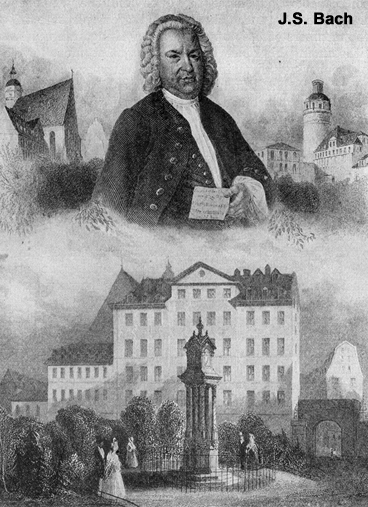 Bach biographer Philipp Spitta wrote that “the name ‘French’ was given to them on account of the meager form of their component sections, which, even in external dimensions, adhere as closely as possible to the dance type n which they are founded.” But he admits that “there is no idea of imitating or carrying out any specially French characteristics; none such are to be discerned anywhere in Bach, nor could they be possible except in his very earliest work.”
Bach biographer Philipp Spitta wrote that “the name ‘French’ was given to them on account of the meager form of their component sections, which, even in external dimensions, adhere as closely as possible to the dance type n which they are founded.” But he admits that “there is no idea of imitating or carrying out any specially French characteristics; none such are to be discerned anywhere in Bach, nor could they be possible except in his very earliest work.”
All we know for certain is that both titles, “English” and “French,” were added after the fact by an unknown hand and that they do make convenient handles.
While much is made of the dance-like qualities of Bach’s music in these suites, there has never been any suggestion that the music was actually used for dancing.
In fact, most of the dance forms used were obsolete when Bach composed. And though it is fine for the performer to bring out the kinetic qualities of the music, particularly in the fast movements, the music was written primarily for expressive purposed – a fact that should be paramount in the minds of performers and listeners alike.
The basic sequence of the dances in the suites (allemande, courante, sarabande, and gigue) was apparently established by German (not French) composers during the mid-seventeenth century.
Additions were allowed between the sarabande and gigue, and Bach made additions in all six of the French Suites. Each of the first three contain two additional movements; the fourth and fifth add three and the sixth adds four.
The allemandes, deliberately given by Bach an introductory quality to compensate for the lack of preludes, are quiet dances.
The courante is a livelier dance, in triple time.
The sarabande is a slow, dignified dance, also in triple time.
 By Bach’s day, all three of these were outmoded as actual dances, existing only in their stylized forms in instrumental suites.
By Bach’s day, all three of these were outmoded as actual dances, existing only in their stylized forms in instrumental suites.
The movements added by Bach, however, were currently in use in his time. The gavotte was a French dance, in moderate tempo. Its movements are characterized by lifting the feet off the ground, a departure from the shuffling motion of similar earlier dances.
The polonaise (the French name is used even in Poland) was original a primitive folk dance, slow and stately, in three-beat rhythm, most commonly done at weddings. Later it was taken up by the Polish nobility, who maintained much of its original character but enhanced its grandeur.
Bach’s polonaises are of an earlier type than Chopin’s, naturally, but they are already the dances of the nobility – instrumental pieces, rather than the sung polonaises of the peasants.
The bourree, yet another French dance, is said by some experts to have originated in Spanish Biscay. It is a rapid dance, similar to the gavotte except that it has two beats to the bar instead of four. Its phrases begin on the second beat of the measure.
The loure, which appears in Bach’s works only in the fifth French Suite, is a French bagpipe dance, similar to the gigue but slower.
The minuet is too well-known to require much description, but it is interesting to note that despite the derivation of its title (from the French “menu,” small), the dance was characterized by its slow tempo and grace of execution, not necessarily by small steps.
All of the French Suites end with a gigue, derived from the sixteenth-century Irish or English Jib. However, by Bach’s time, the gigue had taken on European characteristics, and those ending the firth and sixth French Suites have an obvious Italian flavor.
TRACK LISTING:
- 1-6: Suite No. 1 in D minor, BWV 812
- 7-12: Suite No. 2 in C minor, BWV 813
- 13-18: Suite No. 3 in B minor, BWV 814
- 19-25: Suite No. 4 in E-flat major, BWV 815
- 26-32: Suite No. 5 in G major, BWV 816
- 33-40: Suite No. 6 in E major, BWV 817
FINAL THOUGHT:
I hope you were holding onto your hats and glasses while reading the Liner Note descriptions of all the French dances because it was like a roller coaster of emotion! Seriously, if you made it through those horribly boring LIner Notes, you get extra credit. (And not a word about Glenn Gould! – whatever.) This is a pretty good, minor disc of Bach by Gould – worth a listen but not too carefully. But it’s still Glenn Gould – so it gets a high rating.
 Emily Sachs – President – Manka Music Group (A division of Manka Bros. Studios – The World’s Largest Media Company)
Emily Sachs – President – Manka Music Group (A division of Manka Bros. Studios – The World’s Largest Media Company)



